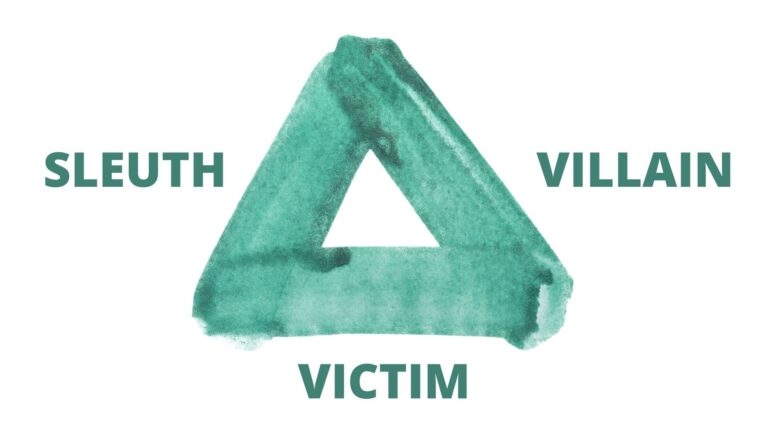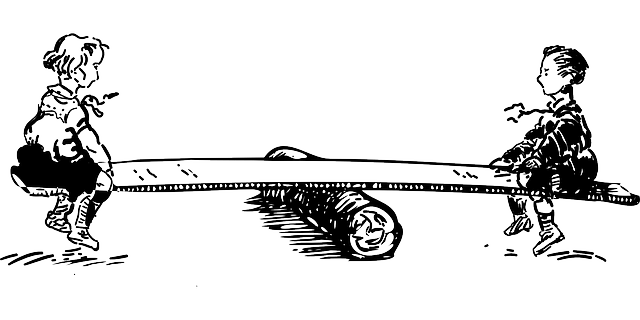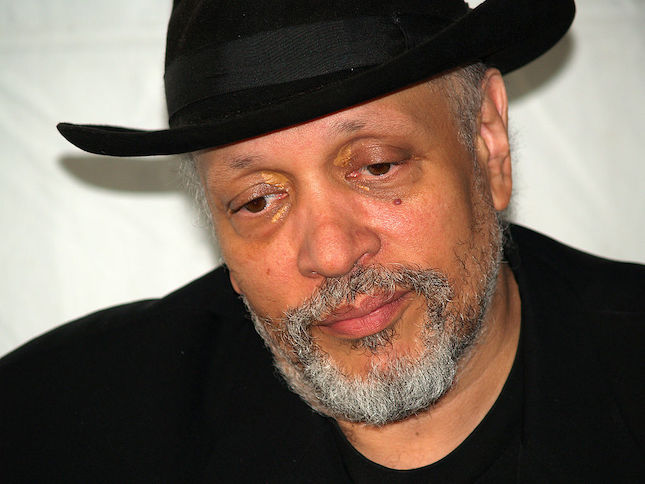Telling Time in Your Story
Why you need to include time as part of setting and how to include time passage in your story for smooth story progression.

Why you need to include time as part of setting and how to include time passage in your story for smooth story progression.

Your mystery balances on the character triangle of victim, villain, and sleuth. Each must be equally strong for your story to work.

What to do when a character starts taking over your story.

Planning makes writing go faster. But sometimes it feels as though you’re trying to squeeze your story into a plot structure. You are overthinking your story.

Unlike other novels, the mystery’s villain must stay hidden until the final reveal. Here’s how to keep them secret until the end.

A reversal at the midpoint points toward narrowing the focus in the second half of the middle.

How to develop Act 2 in the four-act structure to expand your story and get readers invested in the story.

Techniques for balancing plot and character by planning and then writing scene-by-scene.

Three proven ways to kickstart each writing session so you don’t waste time staring at a blank page.

How to build tension and heighten reader engagement with moral choices.